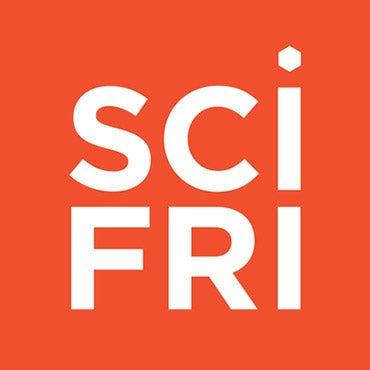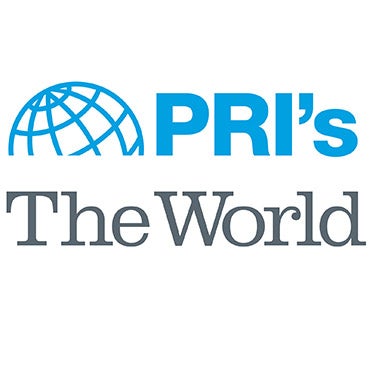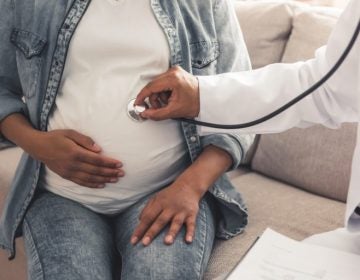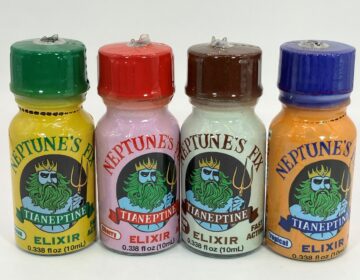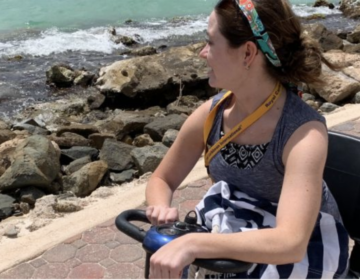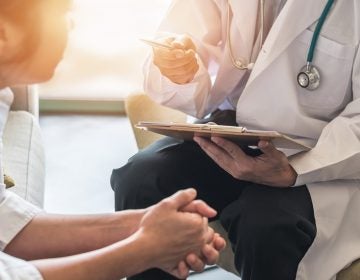Philadelphia health workers and cancer survivors call on Congress to pass job protections for bone marrow donors
The Lifesaving Leave Act of 2024 would grant 40 hours of unpaid leave for people making bone marrow and blood stem cell donations.
Listen 1:08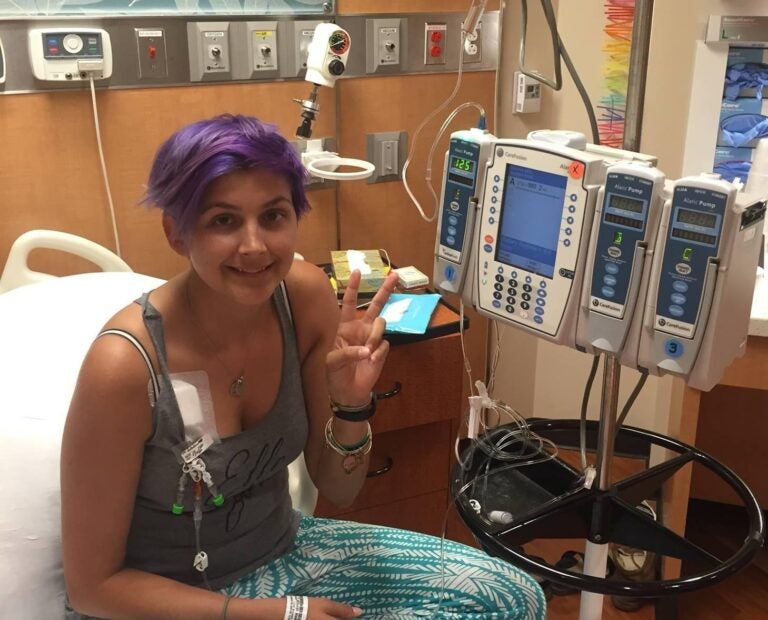
Elle Crofton was diagnosed with a rare blood cancer on her 25th birthday while living in Philly. She checked into the hospital the night before her bone marrow transplant, which was made possible by a donor on the national registry. (Elle Crofton)
From Philly and the Pa. suburbs to South Jersey and Delaware, what would you like WHYY News to cover? Let us know!
Shortly after graduating from Temple University, Elle Crofton began a career in teaching. But she soon started experiencing extreme exhaustion that made it difficult for her to work and stay awake throughout the day.
Crofton was diagnosed with a rare blood cancer on her 25th birthday. She temporarily moved from Philadelphia back to Texas, where her family lived, and eventually received a bone marrow transplant from a donor on the national registry that cured her disease.
“My donor was very willing and is an amazing human and understood what she had signed up for in that she was going to save somebody’s life,” Crofton said. “And her employer also understood the weight of it and allowed her the time off.”
Donating bone marrow involves anesthesia, and donors typically need time off not just for the procedure, but to recover for a few days afterwards.
But not everyone is guaranteed that time off in order to make a blood stem cell or bone marrow donation. It often depends on the policies of an individual employer.
Health care providers and transplant advocates say fear of losing a job continues to be a major barrier for potential donors, which can lead to fewer matches for very sick people.
The Lifesaving Leave Act of 2024, introduced by U.S. Senators Bob Casey (D-Pa.) and Bill Cassidy (R-La.) last month, would amend the Family and Medical Leave Act of 1993 to grant 40 nonconsecutive hours of unpaid leave to people making blood stem cell and bone marrow donations.
“If somebody is called to donate, they shouldn’t be worried that they’re going to lose the livelihood of their job in order to save a person’s life,” said Crofton, who now works in the School District of Philadelphia and is nine years post-transplant.
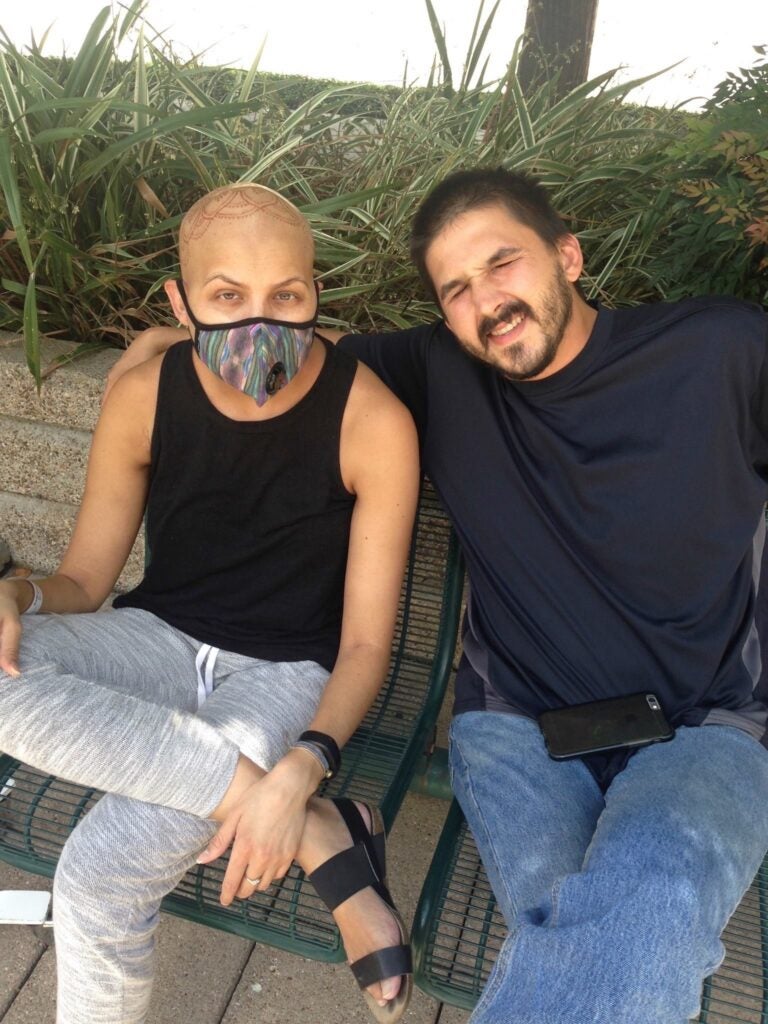
About 22,827 bone marrow and blood stem cell transplants were performed in the United States in 2021, the most recent year of available data, according to the Health Resources & Services Administration.
The national donor registry is made up of 9 million participants based in the U.S., including an estimated 180,000 Pennsylvanians, and works with international donor registries to provide a greater pool of possible donors.
Bone marrow transplants are most commonly used to treat blood cancers, relapses and recurrences of other cancers, bone marrow deficiency disorders and certain immunodeficiencies.
When a donor on the registry is matched with a patient in need of a transplant, they’re asked to complete a series of medical tests to make sure they’re healthy enough to donate.
The actual donation procedure can be done in an outpatient setting in a matter of hours. Doctors administer anesthesia and use needles to extract liquid marrow from both sides of a donor’s pelvic bone.
Kim Venella, a nurse practitioner at Children’s Hospital of Philadelphia who specializes in bone marrow transplant, said many donors return to normal activity within a couple days.
Even though bone marrow donation requires less time off than donating a solid organ like a kidney or liver, Venella said some people still wind up backing out.
“There’s a large portion of those people who say no because they’re scared to lose their job,” she said. “It’s devastating, because this family is just kind of sitting here waiting to hear that there’s someone out there who is able to take the time and donate and potentially save their child’s life, and then you have to resort to the next best thing.”
But resorting to the next best thing — a partial bone marrow match – is never ideal, Venella said.
“It’s someone’s life,” she said. “‘Plan B’ is fine if you’re at a restaurant and they’re out of a certain meal, but when it comes to your health and life and death, you can’t choose ‘Plan B.’ You need ‘Plan A’ to work for the best chance.”
Securing time off can be especially difficult for young people, said Crofton, who also works as an advocate for the National Marrow Donor Program.
“The best outcomes come from donors who are aged 18 to 30,” she said. “Those are people who don’t really have all the job protections or are just starting out in their careers. So, job protection is really one of the major barriers to people donating.”
Any barriers to donation can also affect the racial and ethnic diversity of the donor pool, which Venella said is especially worrisome since a person’s ethnic background is a critical factor for matching.
A Black patient’s chance of finding a match in the national donor registry is 29%, according to the National Marrow Donor Program. It is 47% for Asian or Pacific Islander patients, 48% for Hispanic or Latino patients, 60% for Native Americans and 79% for white people.
Cancer survivor and bone marrow transplant recipient Nancy Oetinger said she saw how devastating it can be when someone doesn’t find a match.
As a 57-year-old white woman, Oetinger said she had several potential matches on the registry. But that wasn’t the case for another cancer patient she had met, a Black woman around the same age.
“We got to chatting one day and she actually worked in the school district where we lived,” Oetinger said. “She was waiting for a transplant, but they couldn’t find a donor for her. Ultimately, she passed away. That really struck me hard.”
It’s one of the reasons why Oetinger, who lives in Media, advocates for making it easier for people to join the registry and donate.
She recently met with local and federal lawmakers to urge support for the Lifesaving Leave Act, and shared her own cancer diagnosis and transplant cure in 2015.
“I had two daughters both out of college and they had serious boyfriends,” Oetinger said. “I wanted to be alive to see them walk down the aisle.”
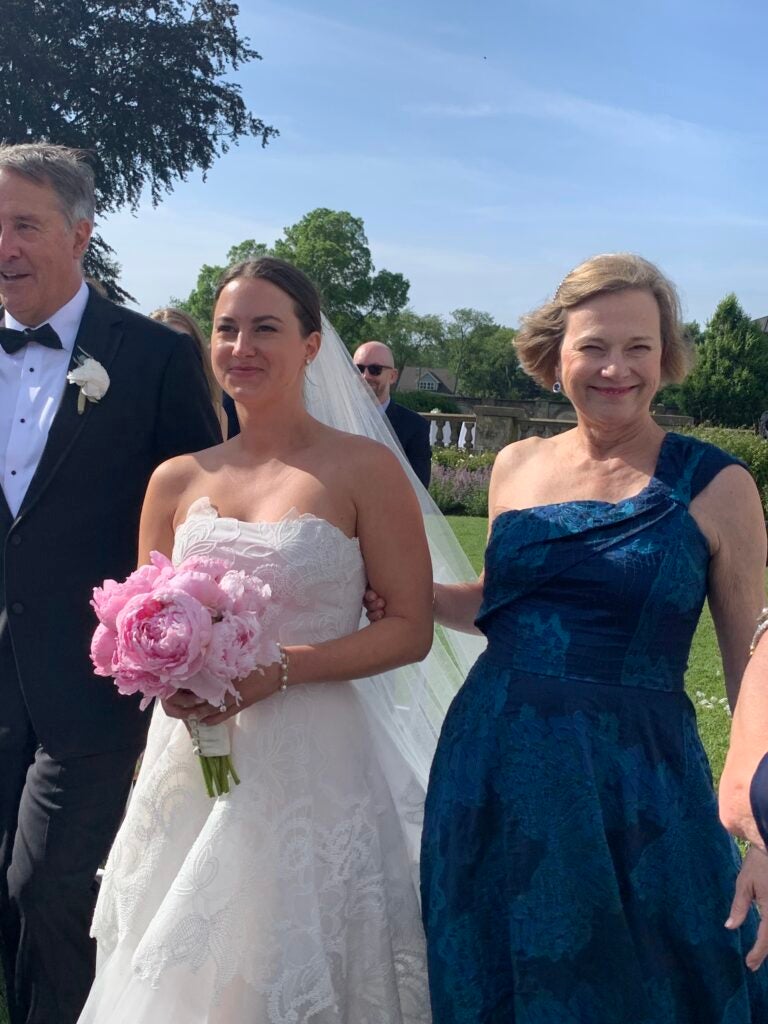
And she did. Oetinger and her husband became first-time grandparents in December.

Get daily updates from WHYY News!
WHYY is your source for fact-based, in-depth journalism and information. As a nonprofit organization, we rely on financial support from readers like you. Please give today.
